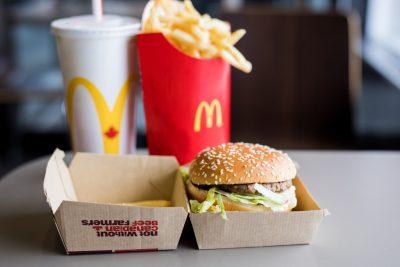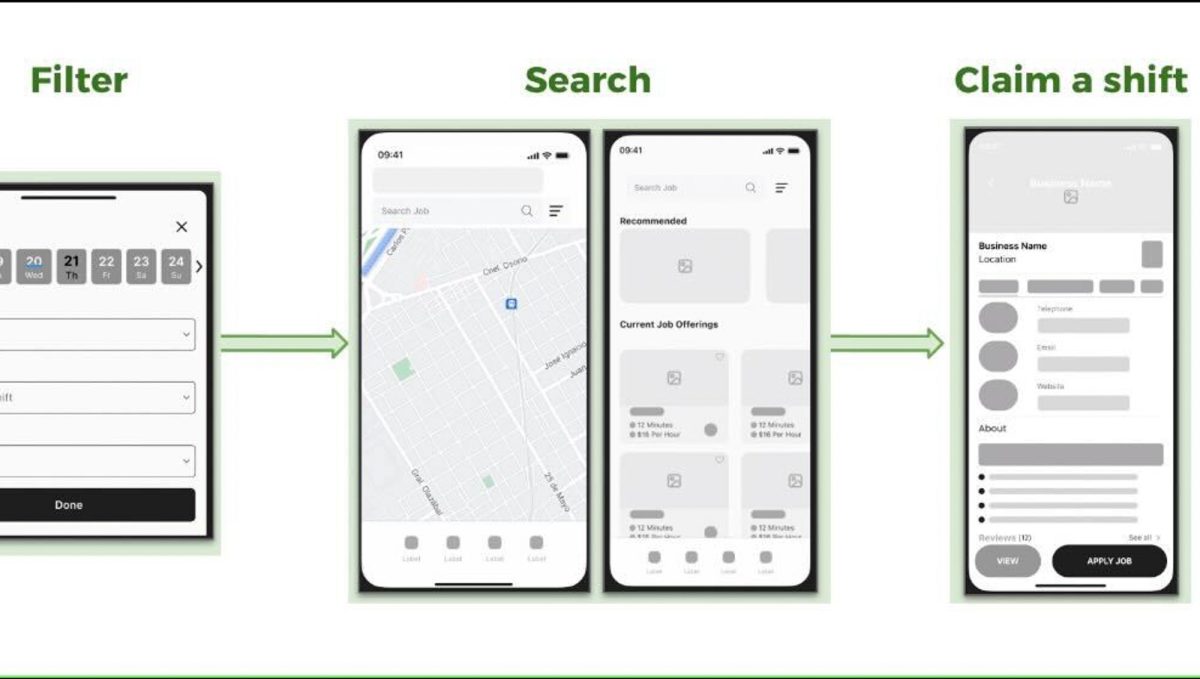
Fast food chains have expanded across the United States in recent decades, putting more nutrient-lacking and calorie-dense food into American diets. To help explain the nation’s growing dependence on this “junk food,” researchers at Boston University and Tufts University examined how fast food menus have changed over the past 30 years.
The paper, published in the Journal of the Academy of Nutrition and Dietetics last week, analyzed changes in menus from 1986, 1991 and 2016. The team studied a total of more than 1,700 menu items from 10 popular chains in America, including McDonald’s, Wendy’s and Burger King.
According to Megan McCrory, the study’s lead investigator and a research associate professor in the Sargent College of Health and Rehabilitation Sciences, the research showed an increase in the variety of entrees, sides and desserts.
“Based on our study, the menu is quite different because the number of items offered on the menu is a lot more,” McCrory said in an interview.
According to the study, the number of entrees, sides and desserts offered on menus grew by about 226 percent from 1986 to 2016, an average of 23 new items per year.
The portion sizes of entrees also increased by about 13 grams each decade, and the size of desserts grew by about 24 grams each decade. The portions of sides remained relatively constant, according to the paper.
Energy and sodium levels also increased across all three menu categories, with desserts showing the highest increase of about 62 kilocalories per decade and entrees gaining 4.6 percent more sodium each decade.
McCrory said it is unclear whether these trends will continue into the future. She explained that some chain restaurants are dropping high-calorie items from their menus in order to encourage healthier choices.
“The food industry knows that it partly plays a role in obesity,” McCrory said. “It would be a good business decision for them.”
Susan Roberts, a professor of nutrition at Tufts University, said she was interested in working on this study because Americans eat more fast food than people in many other countries.
“We have an enormous obesity problem in America,” Roberts said in an interview. “It’s a terrible thing.”
According to a report by the Centers for Disease Control and Prevention, 37 percent of adults consumed fast food on a given day in the United States between 2013 and 2016.
Xiu Na Liang, a senior in the College of Engineering, said in her personal experience, most students at BU do not stop to consider the nutritional facts of fast food.
“I don’t think most students think about what they’re eating first. They just eat it,” Liang said. “But I do think more students should be concerned about nutrition.”
McCrory said not all the changes to fast food menus observed by her research team were negative. In four out of the 10 restaurants studied, she said, there was also an increase in levels of minerals such as calcium and iron in entrees and desserts, respectively.
“It was a surprise that calcium and iron increased because we always say that fast food is not good for you,” McCrory said. “It’s kind of a side benefit because you’re getting a greater portion size and more calories and sodium, but also some calcium and iron.”
While this study focused primarily on menus, McCrory said she is also interested in seeing what customers are ordering. She said it would be useful to study beverages, as well, since they were not included in the original study.
McCrory said that further research should also focus on what kinds of positive changes restaurants can make, such as offering the same items in smaller portions. She also suggested finding ways customers can change their ordering habits at fast food chains.
“If you go with a friend and share a side like french fries instead of each getting your own, then you can save potentially 100 calories,” McCrory said. “You can find a happy and sustainable solution.”
Roberts explained while fast food chains may contribute to the obesity epidemic, they are more transparent than other types of restaurants that do not publish nutrition information.
“It’s so easy to blame fast food because they put out the numbers on their food, but the other restaurants don’t report calorie numbers on their menus,” Roberts said. “This is just the tip of the iceberg.”





















































































































